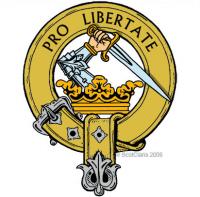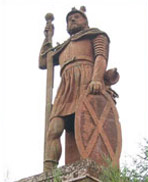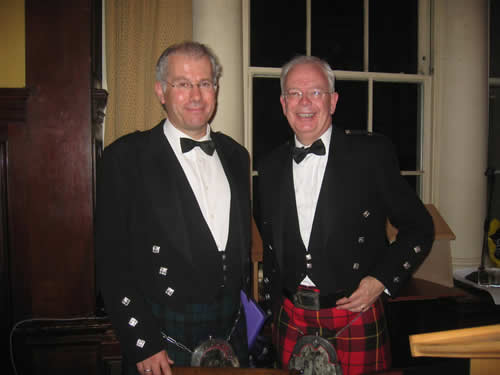
Clan Wallace shared a photo
William Wallace (1274-1305)
After years of in-fighting and no clear family having rights to the Crown of Scotland, Edward I of England had been “invited” to govern the country. His nobles and soldier...William Wallace (1274-1305)
After years of in-fighting and no clear family having rights to the Crown of Scotland, Edward I of England had been “invited” to govern the country. His nobles and soldiers used the people of Scotland as their playthings, as typified in laws such as “Prima Nocta”, where it was the right of the English governor of each area to have sexual intercourse with a local bride on her wedding night. Under such tyranny, a young Scotsman, William Wallace, found his life in danger after a brawl in Lanark’s market place with some English soldiers in 1297.
Although he had escaped, the Sheriff of Lanark murdered a girl who had helped. The girl was believed to have perhaps been his wife, a bond kept secret because of Prima Nocta. Wallace took his revenge that night and slew the Sheriff. The sparks the new outlaw had made ignited the passions of the country. When he joined forces with Andrew de Moray (or Murray), another rebel, they had a following that would soon give the King of England a fright.
Edward I’s cocksure Viceroy, the Earl of Surrey, led an English army to Stirling to root out the trouble makers who had been attacking English installations. Instead he lost half his army at Stirling Bridge. Andrew de Moray was fatally wounded and Wallace lost his greatest lieutenant.
The noblemen of Scotland were still unwilling to back Wallace, preferring to talk than act. They saw supporting England as a safe financial plan for themselves which Wallace was threatening to upset. The suffering of the people was not a consideration. Meanwhile Wallace and his growing force from all across Scotland had retaken Berwick and raided Northumberland.
In 1298 at the Battle of Falkirk, Wallace made two mistakes.
Firstly he met the English on their terms, fighting their superior forces in a pitched battle when it had been his guerrilla fighting which had taken him so far. Secondly, he took the word of the Scottish nobles as being worth something. He escaped the slaughter and fled to the Continent to raise support.
Without success, he returned and in 1305 was betrayed by the nobles again. After an appearance at Westminster Hall for a swift trial for treason against a king he never acknowledged, he was hung, disembowelled and then beheaded. His head was stuck on a post at London Bridge and his limbs sent for display to Stirling, Perth, Berwick and Newcastle.
Professor Nigel Leask and Lord Wallace
page=2&callback_module_id=pages&callback_item_id=343&year=&month=
View More














